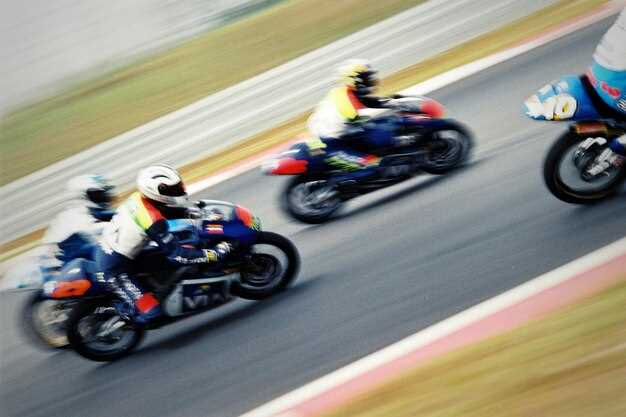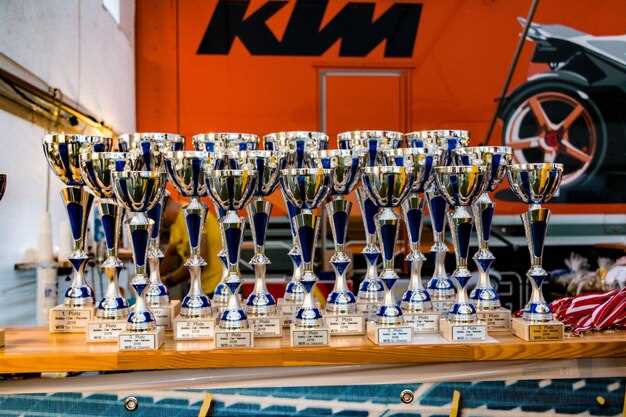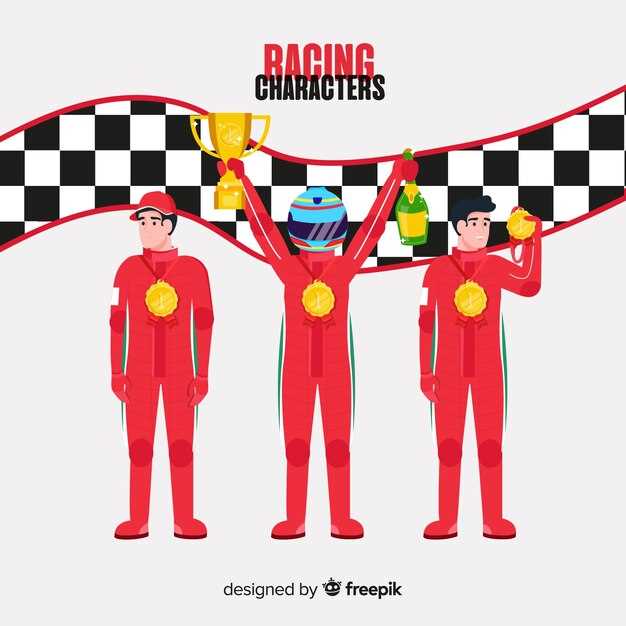
The world of MotoGP has long been a thrilling arena where speed, skill, and sheer determination converge to create unforgettable racing moments. Since its inception in 1949, MotoGP has not only captivated fans with high-octane competition but has also fostered a rich tapestry of history filled with remarkable achievements and unforgettable legends. Each season showcases a unique blend of technology, strategy, and the indomitable spirit of elite riders who push the boundaries of what is possible on two wheels.
Throughout its storied past, legends of the sport have emerged, leaving an indelible mark on the hearts of fans and the annals of racing history. From the early days of the championship, where riders like Giacomo Agostini set the standard for excellence, to the modern era dominated by icons such as Valentino Rossi and Marc Márquez, MotoGP has continually evolved. These champions not only demonstrate incredible talent but also embody the passion and dedication that define this exhilarating sport.
As we delve into the history of MotoGP, we will explore the evolution of the championship, the technological advancements in motorcycle design, and the fierce rivalries that have captivated audiences worldwide. The journeys and contributions of these legends highlight the incredible diversity of talent and tenacity that has shaped MotoGP into the premier motorcycle racing series we know today.
The Evolution of MotoGP: Key Milestones and Changes

The history of MotoGP is a narrative filled with remarkable achievements and legendary champions. Over the decades, the championship has undergone significant transformations that have shaped the sport into what it is today. Here are some of the key milestones and changes in the evolution of MotoGP:
- 1949 – The Birth of the World Championship: The inaugural world championship took place in 1949, featuring multiple classes and marking the beginning of a new era in motorcycle racing.
- 1970s – Rise of Legends: The 1970s saw the emergence of iconic riders such as Giacomo Agostini and Kenny Roberts, who left an indelible mark on MotoGP.
- 1988 – Introduction of 500cc Two-Stroke Bikes: The introduction of 500cc two-stroke motorcycles became a defining feature, contributing to faster speeds and thrilling races.
- 1992 – The Rebranding to MotoGP: The championship officially adopted the name MotoGP in 2002, signifying its growth and increasing global popularity.
- 2002 – Introduction of Four-Stroke Engines: The shift from two-stroke to four-stroke engines revolutionized the sport, resulting in advancements in technology and performance.
- 2010 – The Spec ECU Era: The implementation of a single electronic control unit (ECU) aimed to level the playing field, enhancing competition and reducing costs.
- 2012 – Moto3 Class Introduction: The addition of the Moto3 class attracted young talent, providing a pathway for future champions to enter the sport.
- 2020 – The Impact of the COVID-19 Pandemic: The pandemic caused unprecedented changes, leading to postponements and the need for flexible scheduling, but the championship persevered.
- 2021 – The Arrival of New Competitors: The entry of new manufacturers and riders brought fresh dynamics to MotoGP, expanding the competition and introducing new legends.
Throughout its history, MotoGP has evolved not only in technology but also in the caliber of its champions. The constant innovation and adaptation of rules have kept the sport exciting, creating legendary figures who inspire future generations to pursue their dreams in motorcycle racing.
Iconic Champions: Profiles of the Most Influential Racers

Throughout the history of MotoGP, several racers have emerged as true legends of the sport, influencing future generations with their remarkable talent and tenacity. These iconic champions have left an indelible mark on MotoGP, showcasing unparalleled skills and a deep passion for racing.
One of the most notable figures is Giacomo Agostini, a dominant force in the world of motorsport during the 1960s. With 15 World Championship titles, Agostini’s legacy is built on his unmatched success and numerous records that stood the test of time. His mastery over various bike manufacturers and his tactical racing approach exemplified the essence of MotoGP.
Another legendary racer is Valentino Rossi, often referred to as “The Doctor.” With seven premier class titles, Rossi redefined the sport, bringing charisma and a vibrant personality that drew millions of fans worldwide. His ability to connect with audiences, combined with his incredible versatility on the track, solidified his status as a MotoGP icon.
Casey Stoner, known for his aggressive riding style and remarkable speed, secured two World Championships and became a pivotal figure in the sport in the mid-2000s. His contributions influenced motorcycle design and racing techniques, leaving a lasting impact on MotoGP that continues to be felt today.
The rise of Marc Márquez further exemplifies the evolution of racing in MotoGP. With an astonishing number of titles and a unique riding style that pushes the boundaries of technology and human ability, Márquez has captured the attention of fans and experts alike. His fearless approach to competing has redefined the standards for success in MotoGP.
These champions represent just a fraction of the extraordinary talent that has graced the tracks over the years. Their legacies not only inspire current racers but also help shape the future of MotoGP, ensuring that the spirit of competition and excellence continues to thrive in the sport.
The Impact of Technology on Racing Performance in MotoGP
The evolution of technology has profoundly transformed the landscape of MotoGP, drastically enhancing the racing performance of machines and riders alike. From the early days of the competition, where simplicity preceded sophistication, to the contemporary era characterized by advanced engineering, the role of technology cannot be overstated.
One of the most significant advancements in MotoGP has been the development of electronic systems. Innovations such as ride-by-wire throttle control and advanced traction control have allowed riders to maintain optimal acceleration and stability under various conditions. These systems not only improve safety but also enable riders to push the limits of their bikes with greater confidence, leading to more competitive racing.
Moreover, aerodynamics plays a crucial role in enhancing the performance of MotoGP bikes. The design of fairings has evolved significantly, prioritizing airflow management to reduce drag and increase downforce. This focus on aerodynamics results in higher speeds and improved cornering abilities, allowing riders to navigate tracks more effectively and shave precious seconds off their lap times.
Advancements in materials science have also contributed to better performance in racing. The use of lightweight yet durable materials, such as carbon fiber and titanium, has reduced the overall weight of motorcycles, enhancing acceleration and maneuverability. These materials enable teams to create tailored setups that maximize performance based on individual rider styles and track conditions.
Furthermore, telemetry has revolutionized how teams analyze performance data. Real-time data collection allows engineers to monitor bike systems and rider behavior, providing invaluable insights for optimization. This data-driven approach enables teams to make informed adjustments to settings and strategies, which can significantly impact the outcome of a race.
Lastly, tire technology has advanced to match the high-performance demands of MotoGP. Modern tires provide better grip, durability, and adaptability to varying track conditions. The ability to optimize tire selection and management has become a fundamental aspect of a team’s strategy, directly influencing a rider’s competitiveness during a race.
In conclusion, technology has indelibly shaped MotoGP by enhancing racing performance through innovations in electronics, aerodynamics, materials, telemetry, and tire technology. As the sport continues to evolve, it will undoubtedly embrace further technological advancements that promise to push the boundaries of speed and competition even further.
